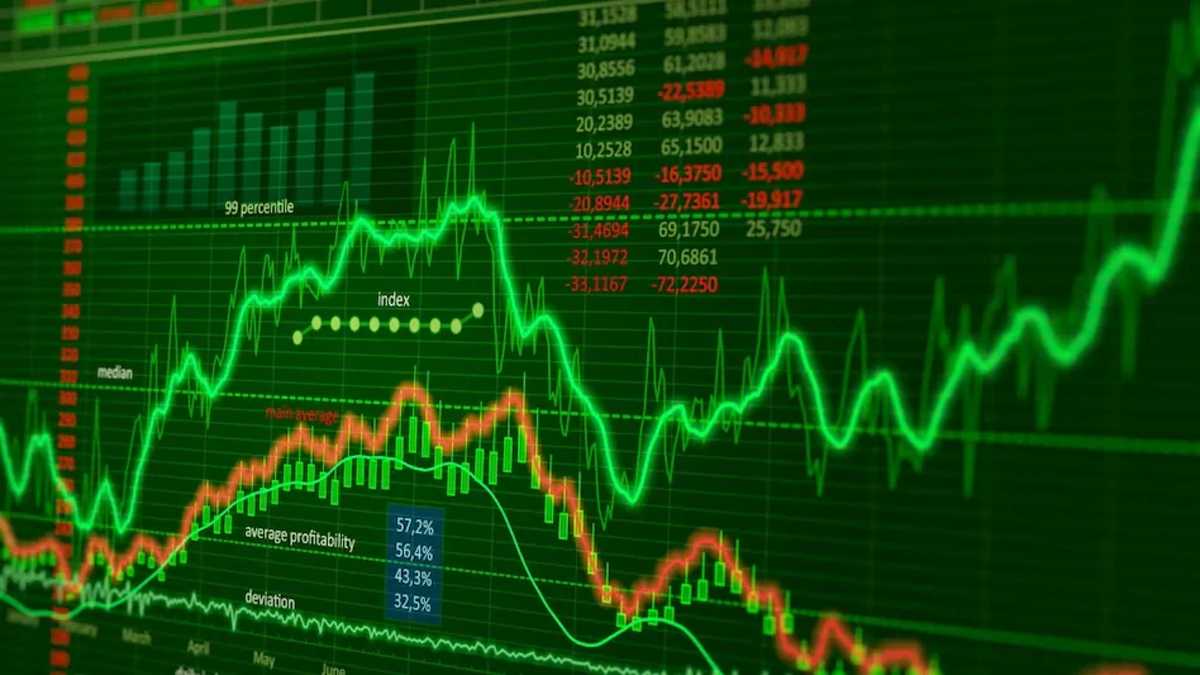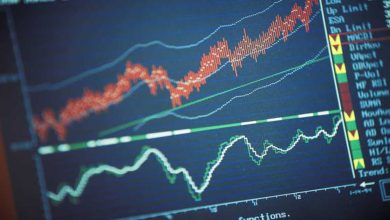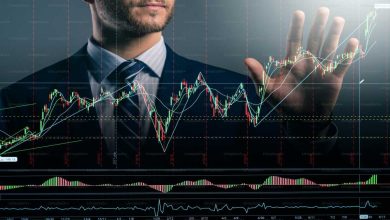Amazon Power Play: Why Its Longest-Ever Prime Day is a High-Stakes Bet on Retail Dominance

Amazon (AMZN) is set to unleash its most ambitious Prime Day ever this week, transforming its flagship sale into a four-day retail marathon. This isn’t just about discounts; it’s a strategic power play designed to dominate the summer sales season, flex its logistical muscles, and ignite a projected $24 billion consumer spending spree.
While rivals like Walmart and Target launch their own competing sales events, Amazon is betting that bigger is better. By doubling the duration of Prime Day from two days to four, the e-commerce titan is sending a clear message: it has the inventory, the delivery network, and the confidence to outlast and outperform the competition.
A Calculated Move in a Wary Economy
This retail blitz comes at a critical moment. With shoppers feeling the pinch from economic uncertainty and tariff concerns, Amazon is positioning itself as the ultimate destination for value.
“People are still a little worried,” CEO Andy Jassy told CNBC last week, explaining that a longer discount window is a direct appeal to budget-conscious consumers.
Analysts agree this is a masterstroke. Projections from Adobe forecast a staggering 24% increase in spending compared to last year. More importantly, eMarketer predicts Amazon will capture a commanding 75% of all U.S. online sales during the event, up from 60% last year, effectively vacuuming up demand that might have otherwise gone to competitors.
The Engine Behind the Empire
How can Amazon pull this off? According to Bank of America analyst Justin Post, extending the event is a powerful signal of the company’s operational supremacy.
“Extending the savings window suggests that Amazon has greater retail logistics capacity to offer promotions, and that inventory availability is not a constraint,” Post wrote, highlighting Amazon’s ability to handle a massive, prolonged surge in demand. Bank of America projects Amazon could ring up $21 billion in total sales, a 60% jump from its estimates last year.
Fueling the shopping frenzy are two key trends:
-
Mobile Impulse: A record 52.5% of shopping is expected to happen on mobile devices, turning browsing into instant “impulse shopping.”
-
AI-Powered Shopping: Amazon’s AI chatbot, Rufus, is set to play a bigger role, guiding shoppers and personalizing the experience in a way rivals are still racing to match.
Wall Street’s Vote of Confidence
Investors are taking note of this show of force. Amazon’s stock, which holds a stellar IBD Composite Rating of 93 out of 99, edged higher in early trading. Bank of America rates the stock a “Buy” with a $248 price target, seeing the extended Prime Day as a bullish indicator for the health of its retail business.
While a longer sales event could slightly pressure third-quarter margins, the strategic upside is immense. For Amazon, this four-day spectacle isn’t just about moving products; it’s about proving that even in a crowded and anxious market, its retail empire remains untouchable.




